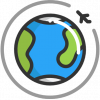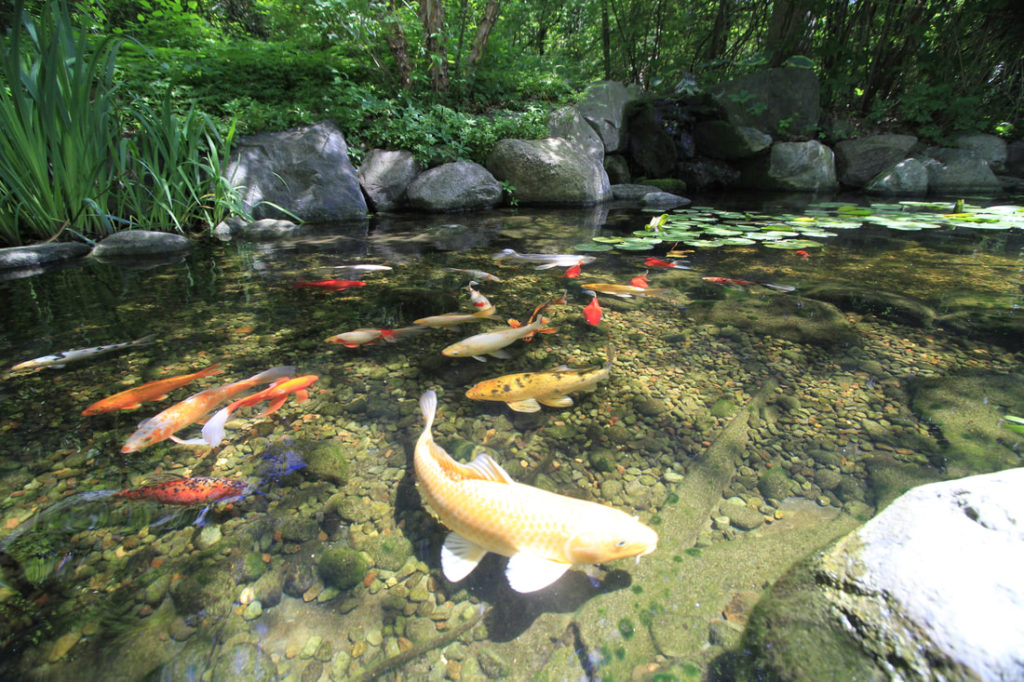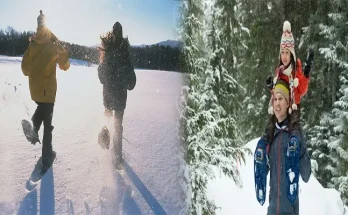The number one priority of every fish keeper, whether it be a pond or a tank is water quality. You need to spend some time and some money every month, looking after the properties of the water in your fish tank or pond. In fact, it is a lot cheaper in terms of time, money and stress to maintain a good quality of water than it is to correct water once you have let it go wrong.
Your filtration system is your number one tool in the fight to maintain good quality water. A good filtration device consists of two facets: mechanical and biological. The mechanical feature removes the physical waste and debris that builds up in any body of water, especially one that has fish in it.
The mechanical filtration system has to be of a size that it can deal with the volume of water that you have. A pump will draw up the water and pass it through a filter and the clean water, ie minus leaves, algae and faeces, returns to the pond via a waterfall, which also aids aeration.
The biological filtration system will deal with waste that has already dissolved into the water in the form of nitrogen. if you do not clear this nitrogen, by initiating a nitrogen cycle, it will build up and change itself into ammonia, which will kill your fish in a matter of days. This nitrogen cycle is essential.
Just think about it, your fish are living, breathing, eating and sleeping in their toilet bowl, so unless you keep their environment sanitary, they will poison themselves. A river, their natural environment, is continuously being flushed into the sea and renewed with rain. You have to recreate that environment if you want to keep healthy fish.
A good rule of thumb is, if you can see the bottom of your pond, then you are probably doing all right, but do not rest on your laurels. First time pond owners often make the mistake of over-feeding. That excess food becomes waste and has to be removed or it will feed the growth of algae.
Do not forget that, if your fish live outside, they will be eating flies, grubs and larvae so they can quite happily go without a feed for a few weeks. That does not mean that you do not need to feed them, it just means take care. Feed more in the summer than in the winter, because your fish will become semi-dormant in the winter.
Quarantine your new fish to make sure that you do not pass on illnesses. For instance, the koi herpes virus develops at exactly 74F, so if you heat a tank to that temperature with your new fish in it, you will know whether they are safe to put in the pond or not. During this quarantine stage, you must not share implements with your pond and your tank or you run the risk of cross-contaminating your pond.
Koi can be costly, so when you are setting up your first fish pond, you may like to stock it with goldfish instead until you get the hang of things. Later on, you can add koi carp as they will happily reside side-by-side.





